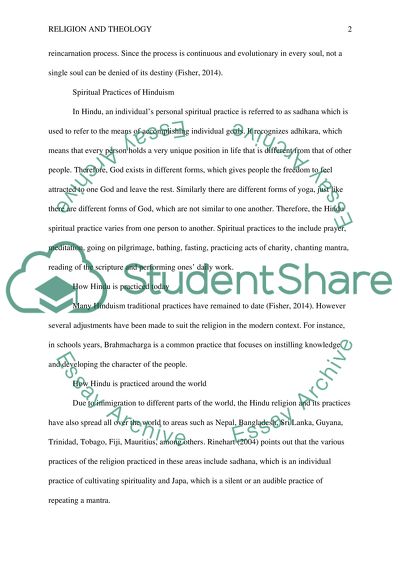Cite this document
(“Religion and Theology. Hinduism and Buddhism Assignment”, n.d.)
Religion and Theology. Hinduism and Buddhism Assignment. Retrieved from https://studentshare.org/religion-and-theology/1483328-week4-assignment-1-2-3-pages-and-lab-assignment-450-500-words
Religion and Theology. Hinduism and Buddhism Assignment. Retrieved from https://studentshare.org/religion-and-theology/1483328-week4-assignment-1-2-3-pages-and-lab-assignment-450-500-words
(Religion and Theology. Hinduism and Buddhism Assignment)
Religion and Theology. Hinduism and Buddhism Assignment. https://studentshare.org/religion-and-theology/1483328-week4-assignment-1-2-3-pages-and-lab-assignment-450-500-words.
Religion and Theology. Hinduism and Buddhism Assignment. https://studentshare.org/religion-and-theology/1483328-week4-assignment-1-2-3-pages-and-lab-assignment-450-500-words.
“Religion and Theology. Hinduism and Buddhism Assignment”, n.d. https://studentshare.org/religion-and-theology/1483328-week4-assignment-1-2-3-pages-and-lab-assignment-450-500-words.


